10 Smart Ways to Make Your Smartphone More Secure and Protected
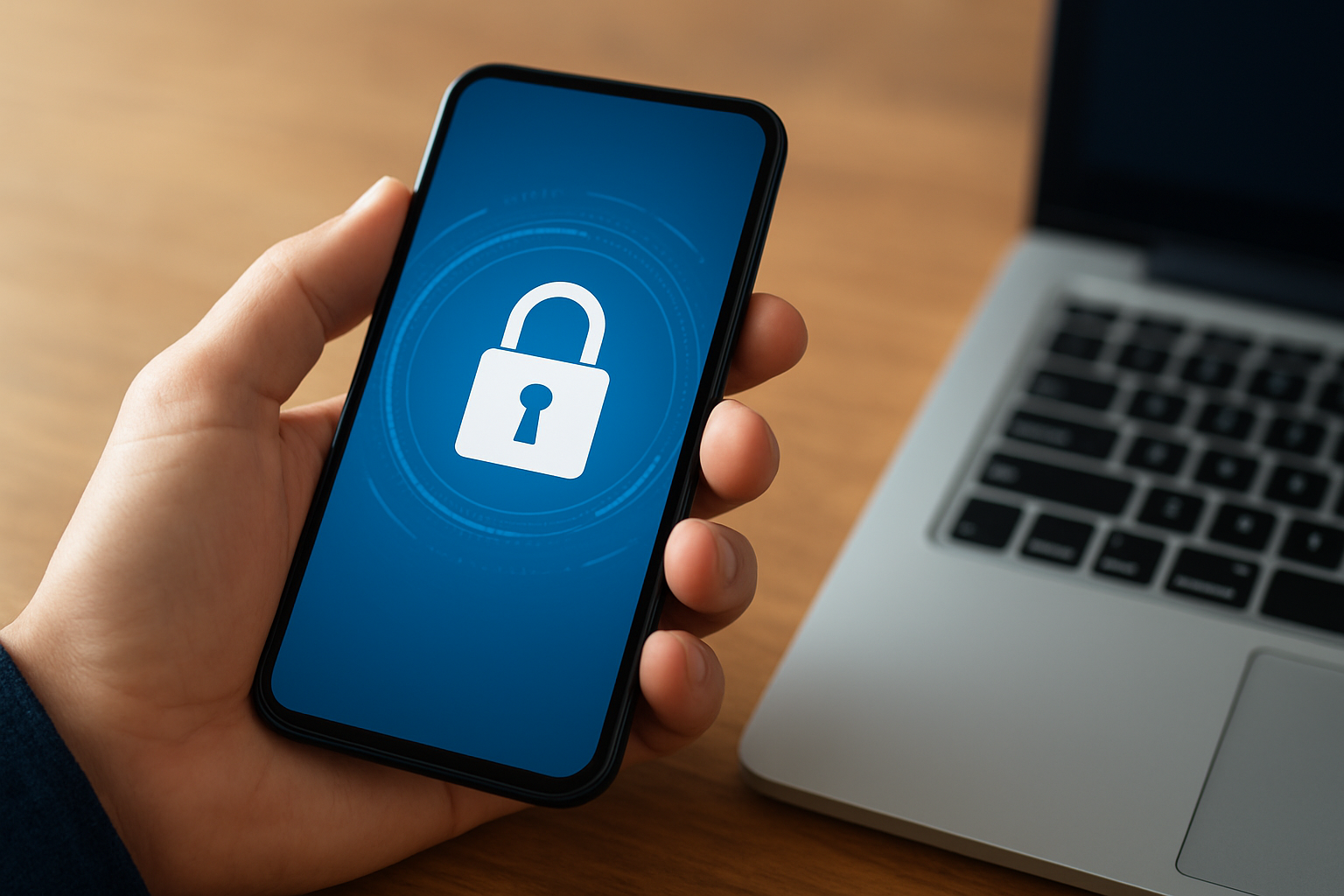
Your smartphone holds almost everything about you — your photos, messages, banking apps, work files, and even private conversations. It’s your digital life in one device. But with that convenience comes risk. Cybercriminals, scammers, and even nosy people are constantly finding new ways to break into smartphones and steal personal information.
The good news? You don’t need to be a tech genius to protect yourself. A few smart habits and settings can make a big difference in keeping your device — and your data — safe. Whether you’re using an iPhone, Android, or any other device, here are 10 essential tips to make your smartphone more secure and protected.
1. Be Careful When Installing Apps
If hackers want to sneak into your phone, one of their easiest methods is through malicious apps. That’s why you should only download apps from trusted sources such as the Apple App Store, Google Play Store, or Microsoft Store — never from random websites.
Unverified apps can contain hidden malware that steals your data or spies on your activity. Even if an app looks legitimate, check the reviews and ratings before installing. Other users might already have warned about suspicious behavior.
When you install an app, read the permissions carefully. If a simple game asks to access your contacts, messages, or location, that’s a red flag. Only grant permissions that make sense for the app’s purpose.
2. Avoid Rooting or Jailbreaking Your Phone
Rooting (on Android) or jailbreaking (on iPhones) might seem appealing because it gives you “full control” over your device — but it also removes the built-in security barriers that protect you.
Once you jailbreak or root your phone, you lose official support and open it up to security vulnerabilities. Hackers can exploit these weaknesses easily, and even legitimate apps might not work properly anymore.
Some malware — like the Dutch Ransom Worm — specifically targets jailbroken devices. So, while the idea of customization sounds cool, it’s not worth the risk. Keep your phone’s system intact for your own protection.
3. Install a Reliable Antivirus App
It’s a myth that only computers get viruses. In reality, over 90% of all malware targets mobile devices, especially Android phones. Even iPhones can be affected by phishing links or infected apps.
The best way to defend yourself is by installing a trusted antivirus application that provides real-time protection, scans for threats, and blocks malicious sites.
For example, you can try the McAfee app for iPhone or Avast for Android. There are plenty of other reputable options too — just do a bit of research to see which one best fits your needs. Make sure to keep it updated, as new malware threats appear every day.
4. Turn Off Bluetooth and Wi-Fi When Not in Use
Wireless connections make our phones incredibly convenient, but they also make them more exposed to hackers. Leaving Bluetooth and Wi-Fi on all the time creates open doors for attackers to connect to your device or track your activity.
The fix is simple: turn them off when you’re not using them. It not only enhances your phone’s security but also saves battery life. If you’re in a public place like a café or airport, avoid connecting to public Wi-Fi networks, as they’re often unsecured and can expose your personal data.
5. Strengthen Your Lock Screen Security
Your lock screen is your first line of defense. Don’t rely on simple PINs or patterns — those can be guessed easily. Instead, use a strong password with letters, numbers, and symbols, or better yet, enable biometric authentication like fingerprint or facial recognition if your device supports it.
Avoid common PINs like 1234, 0000, or birthdays. These are the first things people try. A few extra seconds entering a complex password is worth the peace of mind knowing your personal data stays safe.
6. Manage Your Location Settings Wisely
Your phone’s GPS is great when you’re using maps or finding directions — but when you’re not, it can silently broadcast your location to apps and websites. Many apps collect this data unnecessarily, sometimes even selling it for advertising purposes.
To stay safe, disable location tracking when you don’t need it. You can easily toggle off location services in your settings. Also, check which apps have permission to access your location and turn off those that don’t need it.
When browsing online, always choose “Do Not Track” options, and turn off geotagging in your camera app so your photos don’t include your exact location details.
7. Wipe Your Phone Before Selling or Giving It Away
Before you sell, donate, or recycle your phone, make sure to erase all personal data completely. Start by backing up your important files, photos, and contacts. Then perform a factory reset, which wipes everything from your device and returns it to its original state.
This prevents the next user from accessing your messages, emails, or saved passwords. It’s a simple step that could save you from serious privacy risks later on.
8. Enable Anti-Theft and “Find My Phone” Features
Every major smartphone system today includes a built-in anti-theft feature. This lets you locate your phone if it’s lost, lock it remotely, and even wipe all data if necessary.
For iPhone users, enable Find My iPhone through your Apple ID. Android users can use Find My Device through their Google account. Once set up, you can track your phone’s location from any browser and keep your private information safe even if your phone falls into the wrong hands.
9. Use Two-Factor Authentication (2FA)
Passwords alone aren’t enough anymore. With so many data breaches happening, even strong passwords can get leaked. That’s why you should enable two-factor authentication (2FA) wherever possible.
With 2FA, you’ll need both your password and a verification code sent to your phone or email to log in. This extra layer of protection makes it much harder for hackers to access your accounts.
You can set up 2FA on your Google account, Apple ID, email, banking apps, and social media platforms. It’s one of the simplest and most effective ways to keep your accounts secure.
10. Keep Your Software Updated
Many people ignore system update notifications, thinking they’re just minor changes. In reality, updates often contain critical security patches that fix newly discovered vulnerabilities.
Software developers constantly monitor for potential threats and release updates to strengthen protection. So, when you see that update prompt, don’t delay it. Make sure to also update your apps regularly, as older versions might contain security flaws.
To make the process easier, enable automatic updates and plug in your phone while connected to Wi-Fi. This way, you’ll always have the latest protection without worrying about data or battery drain.
Final Thoughts
Smartphone security isn’t just about installing antivirus apps — it’s about developing safer digital habits. Every small step you take, from managing your app permissions to updating your software, adds an extra layer of protection around your personal data.
The more proactive you are, the harder it becomes for hackers or malicious apps to target you.
So the next time you pick up your phone, remember: your privacy and security are in your hands.
✅ Quick Recap:
Download apps only from official stores.
Don’t jailbreak or root your phone.
Use antivirus protection like McAfee for iPhone.
Keep Bluetooth and Wi-Fi off when not needed.
Use strong passwords and biometrics.
Turn off GPS and geotagging.
Wipe your phone before selling it.
Enable anti-theft features.
Use two-factor authentication.
Always keep your software updated.
Protect your smartphone like you protect your home — lock it, secure it, and stay alert.
Related Posts
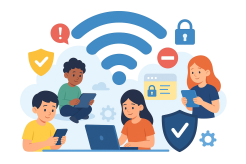
Tue, Dec 2, 2025 3:31 AM
SafetyHow to Keep Your Kids Safe Online Today
A clear, parent-friendly guide on protecting kids online. Learn essential digital safety habits, social media precautions, password protection, and practical tips for raising safe and confident young internet users.

Tue, Dec 2, 2025 1:29 AM
Internet BundlesChoosing the Best Type of Internet for your Business
Explore the best types of business internet, from cable and DSL to fiber and fixed wireless. Learn how to choose a fast, reliable connection that supports productivity and long-term business growth.
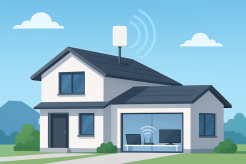
Mon, Dec 1, 2025 6:35 AM
Internet Bundles Technology WifiAffordable Fixed Wireless Internet: What You Need to Know
Discover how fixed wireless internet works, its benefits and limitations, and why it’s becoming a top choice for homes and businesses.
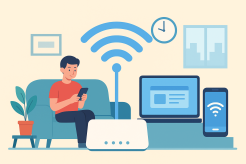
Mon, Dec 1, 2025 5:21 AM
Internet BundlesThings to Watch Out For in a Cheap Unlimited Mobile Data Plan
Discover how to choose the best cheap unlimited mobile data plan. Learn about data speeds, deprioritization, hidden fees, coverage, hotspot limits, and more.
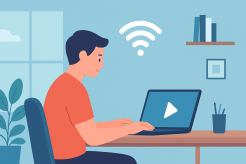
Fri, Nov 28, 2025 11:17 PM
cheap internet dealsThe Ultimate Guide to Internet Bandwidth
Learn how internet bandwidth works, how to optimize upload and download speeds, and get fast, reliable performance for your home network.